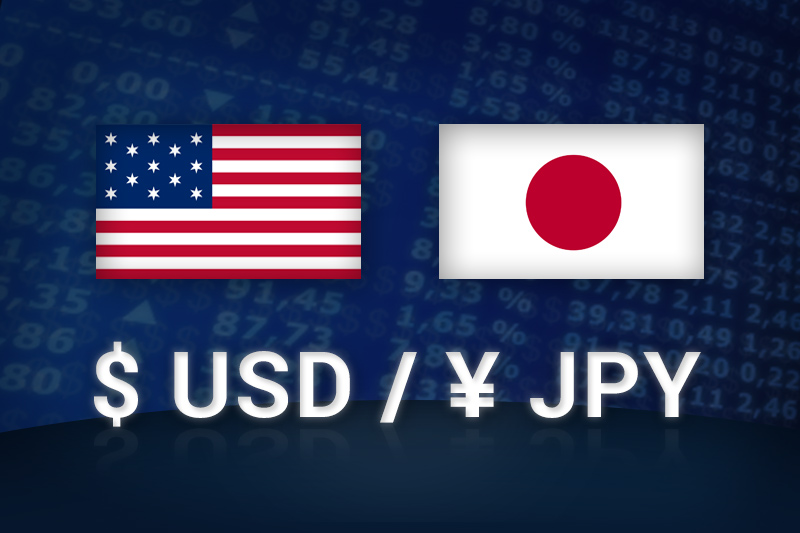Investing.com - The dollar firmed against the yen on Friday after USD85 billion in automatic spending cuts in the U.S. began to take effect, threatening to slow the country's growth rates for the entire year, which sent investors chasing the safe-haven greenback.
In U.S. trading on Friday, USD/JPY was trading at 93.51, up 1.03%, up from a session low of 92.44 and off a high of 93.69.
The pair was likely to find support at 91.14, Wednesday's low, and resistance at 94.50, the high from Feb. 24.
Automatic spending cuts are due to take effect in the U.S. later in the day, which could affect many federal programs and end government jobs, shaving as much as a half a percentage point off growth rates for this year, according to some estimates.
Uncertainty as to whether President Barack Obama and congressional Republicans can find common ground to take the pain out of sharp fiscal adjustments kept investors camped out in the dollar all day Friday.
The yen, meanwhile, continued to weaken after Japan’s Prime Minister Shinzo Abe nominated Asian Development Bank President Haruhiko Kuroda, a fan of aggressive monetary easing, to replace current Bank of Japan Governor Masaaki Shirakawa, who favored more hawkish policies.
Elsewhere in the U.S., positive economic indicators had little lasting impact on the USD/JPY pair.
The Institute for Supply Management reported earlier that its manufacturing PMI rose to 54.2 in February, the highest level since June and well above a 53.1 reading in January.
Analysts had expected the February index to fall to 52.5.
The Thomson Reuters/University of Michigan consumer sentiment index rose to 77.6 in February from 76.3 the previous month.
Analysts had expected the index to remain unchanged.
The yen, meanwhile was down against the pound and down against the euro, with GBP/JPY up 0.14% and trading at 140.54 and EUR/JPY trading up 0.78% at 121.81.
In U.S. trading on Friday, USD/JPY was trading at 93.51, up 1.03%, up from a session low of 92.44 and off a high of 93.69.
The pair was likely to find support at 91.14, Wednesday's low, and resistance at 94.50, the high from Feb. 24.
Automatic spending cuts are due to take effect in the U.S. later in the day, which could affect many federal programs and end government jobs, shaving as much as a half a percentage point off growth rates for this year, according to some estimates.
Uncertainty as to whether President Barack Obama and congressional Republicans can find common ground to take the pain out of sharp fiscal adjustments kept investors camped out in the dollar all day Friday.
The yen, meanwhile, continued to weaken after Japan’s Prime Minister Shinzo Abe nominated Asian Development Bank President Haruhiko Kuroda, a fan of aggressive monetary easing, to replace current Bank of Japan Governor Masaaki Shirakawa, who favored more hawkish policies.
Elsewhere in the U.S., positive economic indicators had little lasting impact on the USD/JPY pair.
The Institute for Supply Management reported earlier that its manufacturing PMI rose to 54.2 in February, the highest level since June and well above a 53.1 reading in January.
Analysts had expected the February index to fall to 52.5.
The Thomson Reuters/University of Michigan consumer sentiment index rose to 77.6 in February from 76.3 the previous month.
Analysts had expected the index to remain unchanged.
The yen, meanwhile was down against the pound and down against the euro, with GBP/JPY up 0.14% and trading at 140.54 and EUR/JPY trading up 0.78% at 121.81.
